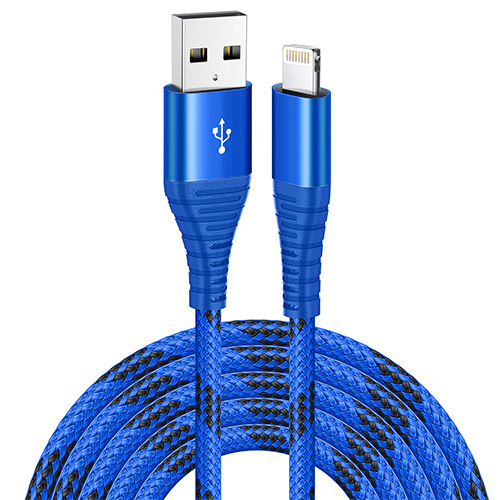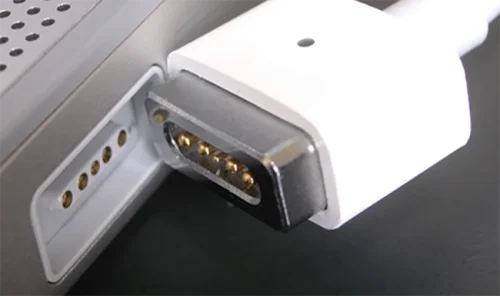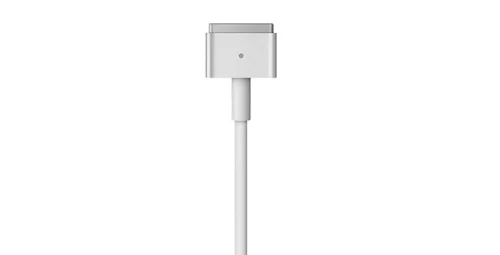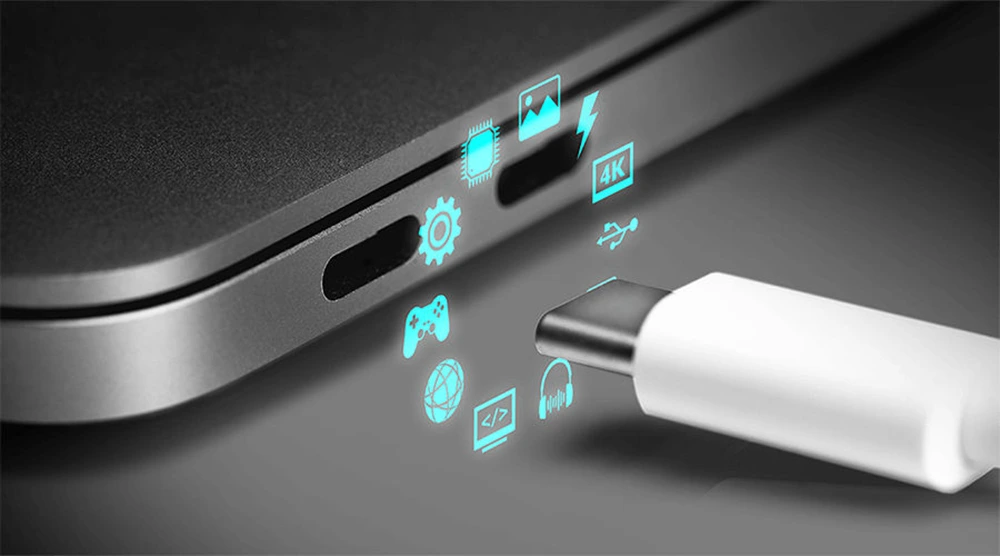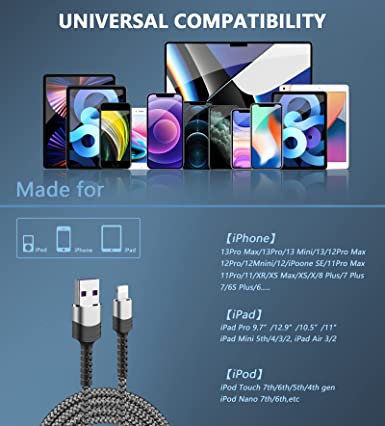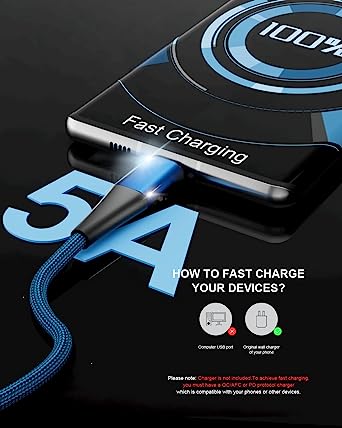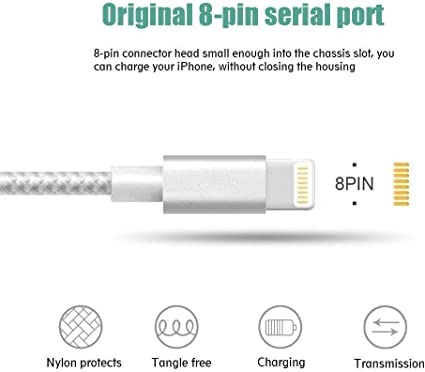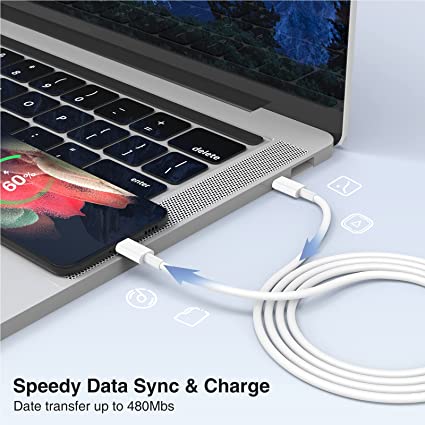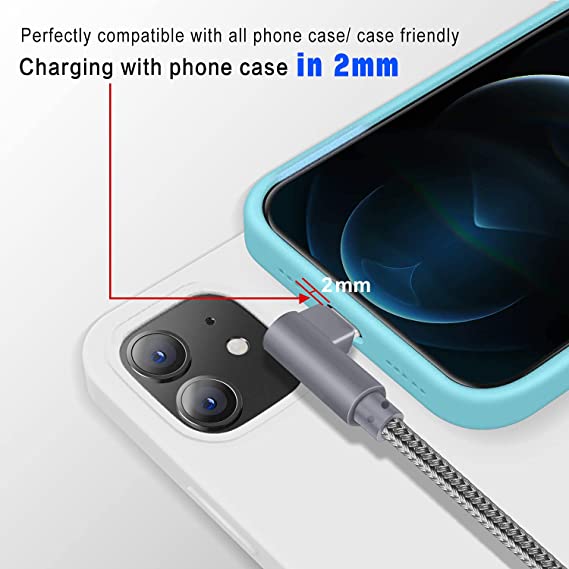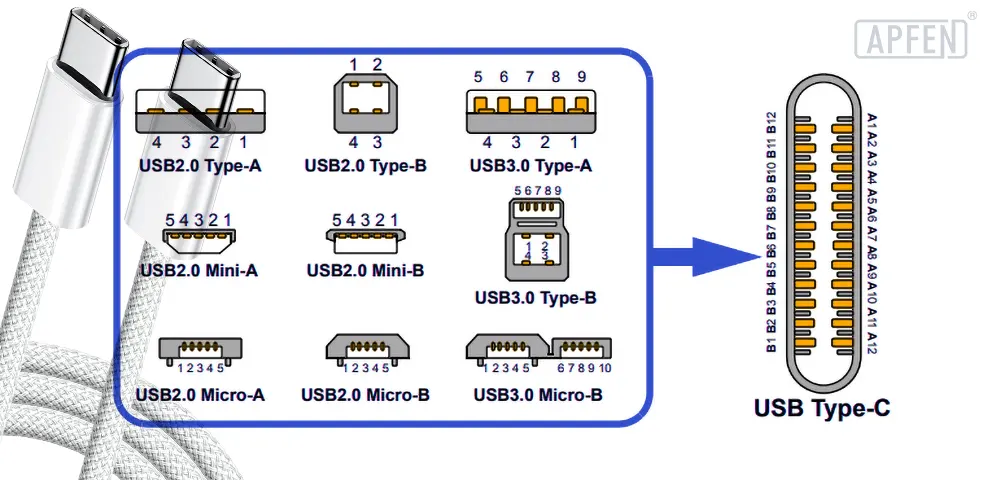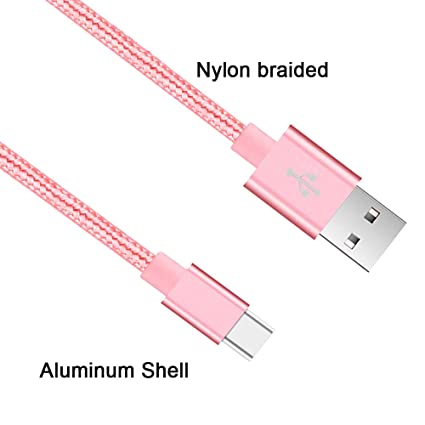Apple PD fast charging line and ordinary data line how to distinguish?-Apphone. There are differences between Apple quick charging cable and ordinary charging cable mainly in charging interface, charging adapter and charging power.
【Apple MFi Certified Lightning Cable】 With the Apple MFi Chip, the USB-C to lightning cable cord equips automatic chip recognition function. The Apple MFi Certification ensures 100% flawless compatibility with Apple devices. No more trigger warning messages.We offer 7×24 hours friendly customer service. If you have any questions, please feel free to contact us. Iphone fast charger price, We will give you a satisfactory price, to provide you with quality service.
Pd charging line is integrated with quasi-resonant current mode controller and power MOSFET, which has the characteristics of high performance, low standby power consumption and low cost. However, the charging speed of ordinary charging line is slow due to its 5V2A charging specification and constant current and voltage charging mode.
1. The chip on the PD charging line can control the charging process and automatically stop charging once it is full, making the whole charging process safe and efficient. And ordinary 5V2A charging specifications of the line, in general, the battery is full of automatic flow charging state.
2. For PD charging line, through the mixed modulation technology of QR-PWM, QR-PFM and burst-mode and the low-power structure technology of special devices, ultra-low standby power consumption and the best efficiency under the full voltage range are achieved. For ordinary charging line, less peripheral components, relatively simple, internal integration of 650V intelligent power MOSFET with high avalanche capacity, simple circuit design, easy to implement, the price is also low.
3. Data cables are used to connect mobile devices and computers for the purpose of data transmission or communication. In plain English, it is a channel tool that connects a computer and a mobile device to send videos, ringtones, pictures and other files. It can also be connected to a charger to charge the mobile device.
Is your lightning cable too short, starting to split, or no longer pairing with your device? For our review update, our team of experts researched over 35 models before narrowing it down to the 10 best lightning cables. We independently purchased all ten products and subjected them to our series of extensive side-by-side tests; we scrutinized their durability, connectivity, charging speed, and storability. Modern minimalist design brings a stylish accent to any space. From desktop to hotel nightstand, it’s compact enough to take anywhere. We also compared cables of different lengths and materials, as well as the types of USB attachments, to help you decide which cable is right for you.

